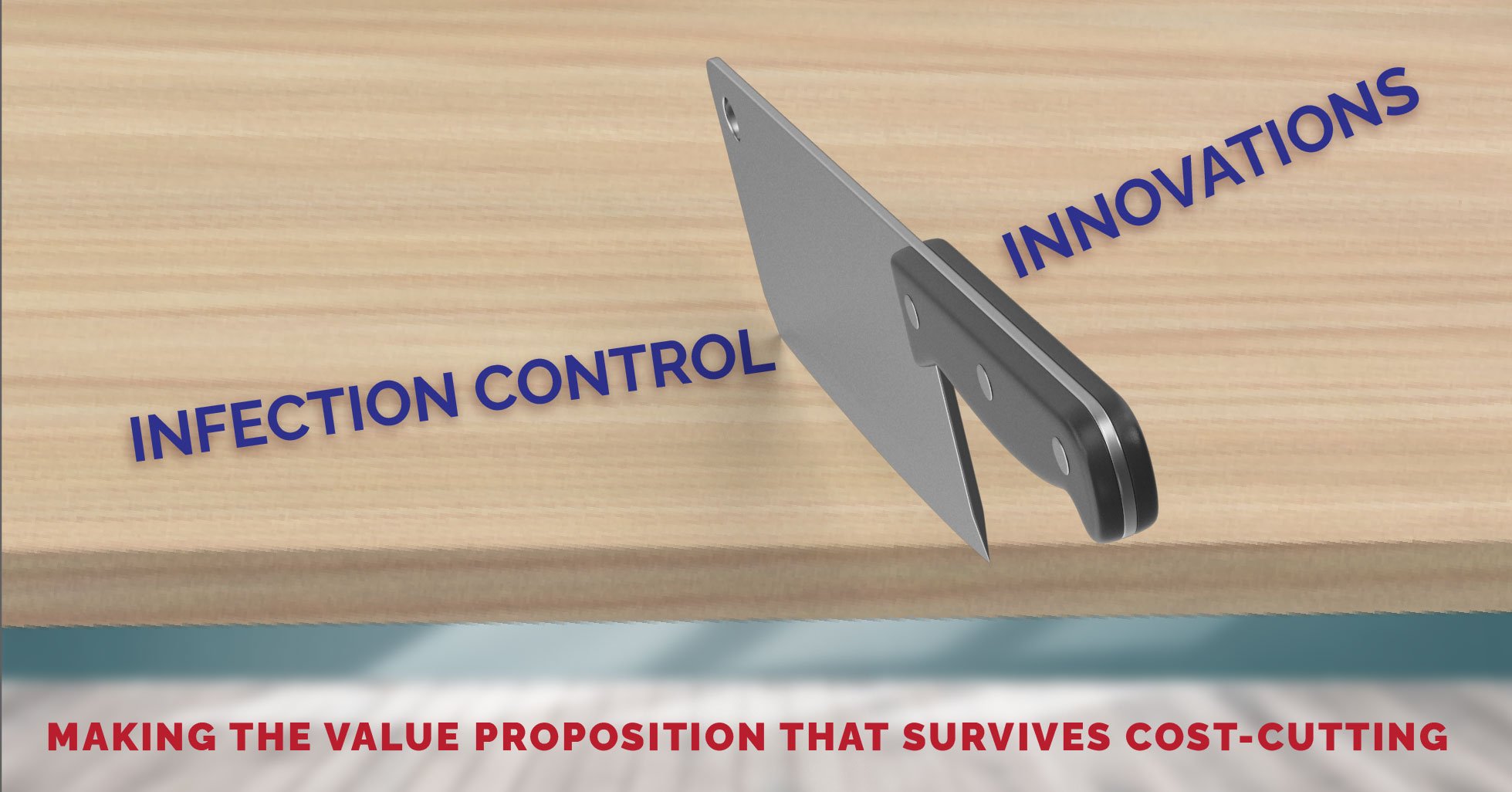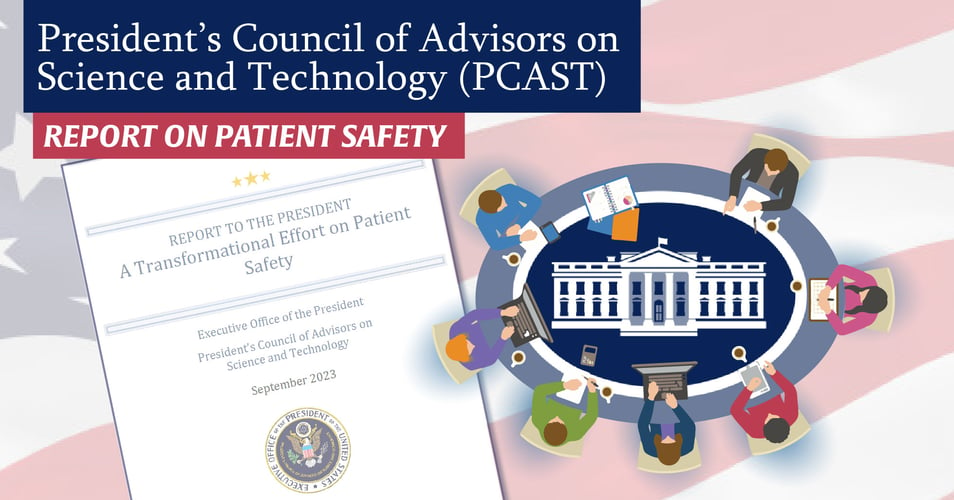Infection Control Innovations: Making the Value Proposition that Survives Cost-Cutting

 The perceived stability of the national economy impacts the willingness of the healthcare industry to invest in innovations with up-front costs. In times of relative economic stability, healthcare systems may be more willing and able to make up-front investments with returns that pay off in the short- and long-term. During times of more economic instability, healthcare systems may opt to pass on these same innovations in their efforts to cut immediate costs. What can make the difference? Quality data at sufficient quantity can mitigate risk-aversion during times of instability. In today's post, we will explore how to make the value proposition for infection control innovations even during times of economic volatility.
The perceived stability of the national economy impacts the willingness of the healthcare industry to invest in innovations with up-front costs. In times of relative economic stability, healthcare systems may be more willing and able to make up-front investments with returns that pay off in the short- and long-term. During times of more economic instability, healthcare systems may opt to pass on these same innovations in their efforts to cut immediate costs. What can make the difference? Quality data at sufficient quantity can mitigate risk-aversion during times of instability. In today's post, we will explore how to make the value proposition for infection control innovations even during times of economic volatility.
No innovation is adopted without a clear value proposition: A description of how that innovation fills a need and benefits the consumer better than anything else available. Just like in every other industry, healthcare industry value propositions must weigh the costs of the innovation with the benefits to the consumer (which can be the payor, the facility, the patient, or all of the above).
Value propositions in the healthcare industry, however, cannot be so cut and dry with costs and benefits, since human lives are at stake. Hospitals must consider not just finances, but also patient outcomes, staff retainment, and regulatory compliance when looking at cutting costs.
Which brings us to the question at the heart of this post: How can we make sure that effective infection prevention innovations we love stay in the budget during times of cost-cutting?
1. Draw a direct line between your innovation and patient outcomes. Using data from peer-reviewed journals, demonstrate how the infection prevention innovation directly connects to fewer healthcare-associated infections, shorter hospital stays, and fewer re-admissions. You may need to collect the research but then make your own one-page document that highlights the key data points. In addition to independent research, use your own facility data to demonstrate what similar reductions in HAIs might mean to your infection rates and patient outcomes. Paint a vivid picture using quality data to tell the story. [See how EOScu makes the connection to patient outcomes here.]
2. Draw a direct line between your innovation and cost savings. After making the life-saving connection, focus on making the cost-saving connection. There is a lot of published research about the cost of HAIs, but try to use your own facility finances to make the case, if you have access to that data. By showing how much the hospital could save if they avoided 30%, 20%, or even 10% of their current HAIs, you demonstrate a concrete return on investment based on well-defended data points. You can even take it a step further by researching cost savings related to shortened hospital stays and reduced re-admissions, again, based on your own facility, to show how wide-spread the economic impact could be. [See how EOScu makes the connection to patient outcomes here.]
3. Educate the decisions-makers about the science behind your innovation. In some cases, you may find you are deep into a presentation about the life- and cost-savings of an innovation when it hits you that the folks you are addressing lack the scientific background to understand what you are proposing. They may understand the numbers and the bigger picture, but if they don't understand the scientific relevance of the innovation, they may not really believe that the savings you describe are possible. Take the time to set the stage with the science so that they can fully appreciate the innovation's potential to reduce infections and increase positive outcomes, both medically and financially. [See how EOScu explains the science here.]
A compelling value proposition is never more important than during economically uncertain times. When it comes to the up-front investments of many infection prevention innovations, healthcare systems may be tempted to pass, looking at short-term cost-cutting rather than the bigger picture. With this in mind, prepare to make the case for your intervention with data that is relevant to your facility, drawn from independent sources, and stated in terms that everyone can understand. If you can demonstrate the long-term value, your innovation has a much better chance of escaping the chopping block.
![EOScu Logo - Dark - Outlined [07182023]-01](https://blog.eoscu.com/hubfs/Eoscu_June2024/Images/EOScu%20Logo%20-%20Dark%20-%20Outlined%20%5B07182023%5D-01.svg)




